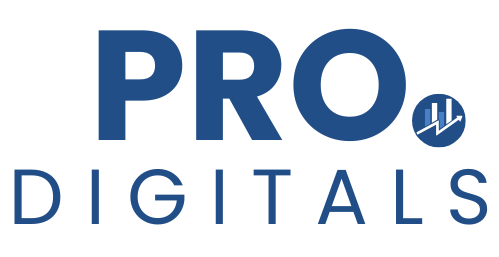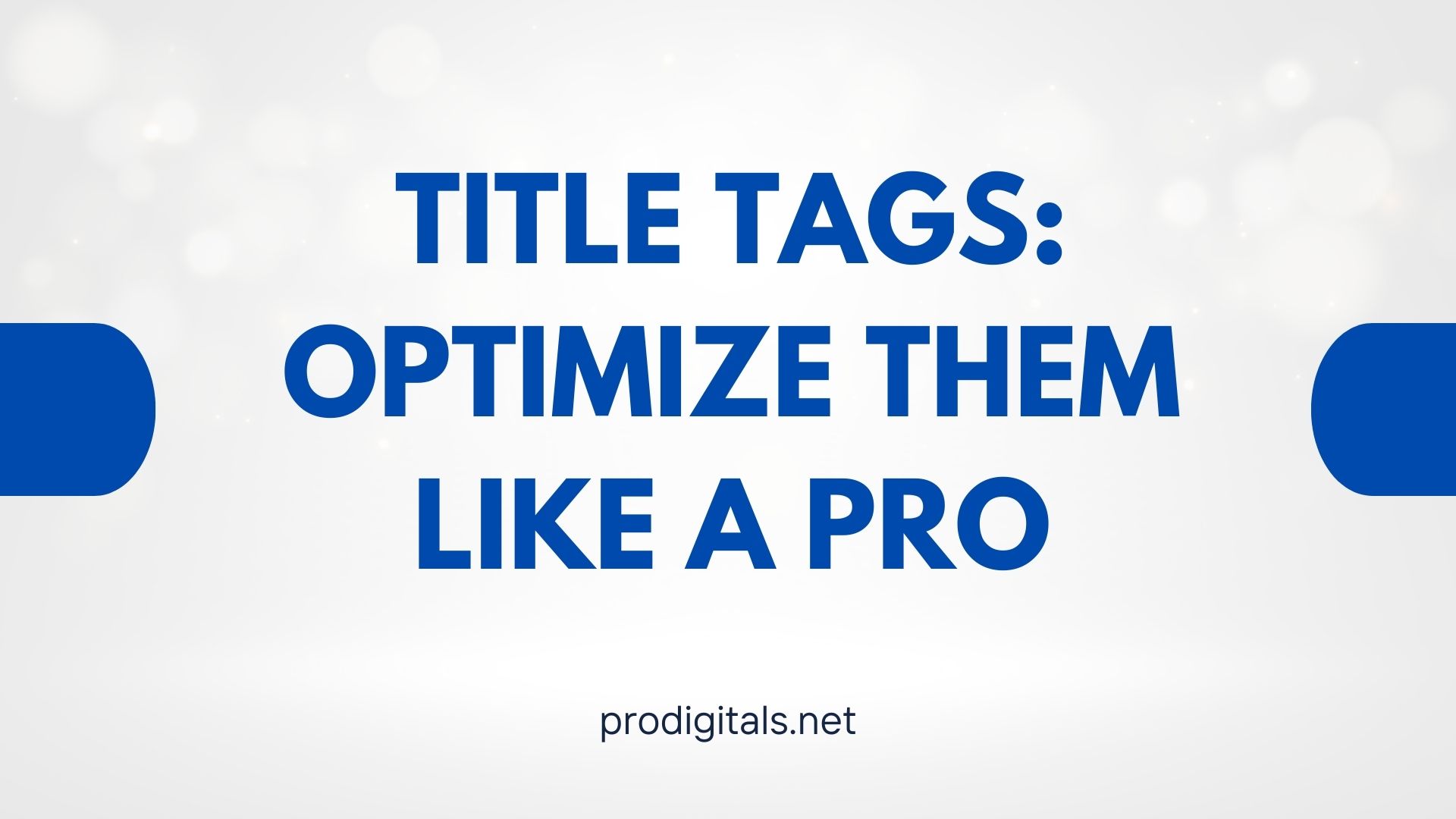Title tags are the unsung heroes of SEO—quietly working behind the scenes, often overlooked until they fail spectacularly. Imagine scrolling through Google, skimming headlines like a picky eater at a buffet. A bland, vague title tag? Instant swipe left. A sharp, magnetic one? Click, read, share. That’s the power of a well-crafted title tag.
This guide dives deep into what title tags are, why they’re non-negotiable for SEO, and how to optimize them for maximum impact. Whether you’re a seasoned marketer or a newbie blogger, mastering title tags is your ticket to higher rankings, better click-through rates (CTR), and—let’s be honest—more conversions.
What Exactly Are Title Tags?
A title tag is an HTML element that acts as the headline of a webpage. It’s the digital equivalent of a book cover—brief but decisive. Here’s where it shows up:
- Search Engine Results Pages (SERPs): The blue, hyperlinked text that lures (or repels) potential visitors.
- Browser Tabs: The tiny descriptor when you’ve got 37 tabs open (guilty as charged).
- Social Media Previews: The default headline when your link is shared on Twitter, LinkedIn, or Facebook.
Google’s algorithms dissect title tags to determine relevance. Users judge them in milliseconds. Ignore them, and your traffic flatlines.
Why Title Tags Are SEO’s Secret Sauce
If SEO were a superhero movie, title tags would be the origin story—basic but foundational. Here’s why they’re critical:
- First Impressions Matter: A weak title tag = low CTR, even if you rank #1.
- Keyword Signals: Google uses them to gauge topic alignment. Skip keywords, and you’re invisible.
- Social Proof: Shareable titles amplify reach, indirectly boosting rankings.
- User Experience: Clear titles reduce bounce rates. Confusing ones? Bye, visitor.
Neglecting title tags is like baking a cake without flour—technically possible, but disastrous.
How to Write Title Tags That Dominate SERPs
Crafting a killer title tag isn’t about stuffing keywords or being clever. It’s a blend of strategy and psychology. Here’s the blueprint.
1. The 60-Character Sweet Spot
Google truncates titles beyond ~60 characters. Exceed that, and your masterpiece becomes “…”.
❌ Terrible Example:
“The Definitive, Exhaustive, Ultra-Detailed 2024 Manual for Crafting Perfect SEO Title Tags Like a Pro” (Yawn.)
✅ Winning Example:
“SEO Title Tags: A 2025 Guide to Higher Rankings”
Pro Hack: Use Portent’s SERP Preview Tool to visualize truncation.
2. Lead With Your Keyword
Google prioritizes early keywords. Bury them, and you’re sabotaging yourself.
❌ Weak:
“Improve Your SEO: Title Tag Best Practices”
✅ Stronger:
“Title Tag Best Practices to Improve SEO”
3. Spark Curiosity or Offer Value
Generic titles fade into the abyss. Stand out with:
- Numbers: “7 Title Tag Hacks You’ve Never Tried”
- Power Words: “Brutally Honest Title Tag Mistakes”
- Questions: “Are Your Title Tags Costing You Clicks?”
❌ Forgettable:
“How to Write Good Titles”
✅ Magnetic:
“10 Title Tag Tricks That Double CTR (Tested!)”
4. Avoid Keyword Cannibalism
Stuffing titles with synonyms screams “spam.” Google’s Panda update penalizes this.
❌ Spammy:
“SEO Title Tags, Title Tag Optimization, Best Title Tags for SEO”
✅ Natural:
“How to Optimize Title Tags for SEO in 2025”
5. Branding: To Add or Not to Add?
Big brands (Nike, Apple) can flaunt their name. Smaller sites? Only if it adds clarity.
🏷️ For Giants:
“Wireless Earbuds – Apple AirPods Pro”
🌱 For Startups:
“Best Wireless Earbuds for 2025”
Next-Level Title Tag Optimization Strategies
You’ve nailed the basics. Now, let’s weaponize your titles.
1. Dynamic Titles for E-Commerce
Generic product titles are conversion killers. Customize based on:
- Product Names: “Adidas Ultraboost 21 – Men’s Running Shoes”
- Deals: “50% Off Nike – Limited Stock!”
- Categories: “Best Laptops for Graphic Designers”
2. A/B Test Like a Mad Scientist
Data beats guesses. Test variations via:
- Google Optimize
- Manual CTR tracking in Google Search Console
🔍 Test Example:
- Version A: “Quick Weight Loss Tips”
- Version B: “10 Weight Loss Hacks Backed by Science”
3. Revive Dead Titles
Low CTR despite high rankings? Time for a facelift.
Before: “Beginner’s Guide to SEO”
After: “SEO for Beginners: Rank Faster in 2024”
4. Match Search Intent
Google rewards intent alignment. Tailor titles to:
- Informational: “What Is a Title Tag? (SEO Explained)”
- Commercial: “Top 5 SEO Tools for Title Tags”
- Transactional: “Buy Title Tag Analyzer – 2024’s Best”
5. Nuke Duplicate Titles
Identical titles confuse Google. Every page deserves uniqueness.
❌ Duplicate Disaster:
- “Home – XYZ Blog”
- “Home – XYZ Blog”
✅ Unique & Proud:
- “Home – XYZ Blog”
- “Contact Us – XYZ Blog”
Title Tag Blunders You’re (Probably) Making
Even experts slip up. Dodge these pitfalls:
1. Default Title Tragedies
“Untitled Document” or “Page 1”? Google’s judging you.
2. Mobile Neglect
Mobile SERPs show fewer characters. Trim for clarity.
3. Local SEO Amnesia
Local biz? Embed your location.
❌ Generic: “Best Hair Salon”
✅ Localized: “Best Hair Salon in Austin – Glow & Co.”
4. Symbol Overload
A colon or pipe is fine. But this?
❌ Cringe-Worthy:
“Title Tags!!! | SEO Tips :: 2025 ~~~”
Final Verdict: Title Tags Make or Break SEO
Title tags are the gatekeepers of your traffic. Optimize them, and watch clicks soar. Neglect them, and prepare for obscurity. Before hitting publish, ask:
- Is it under 60 characters?
- Does the keyword lead?
- Would I click this?
If yes, celebrate. If no, rewrite. Now go craft titles that demand attention—your SEO rankings will thank you. 🚀



